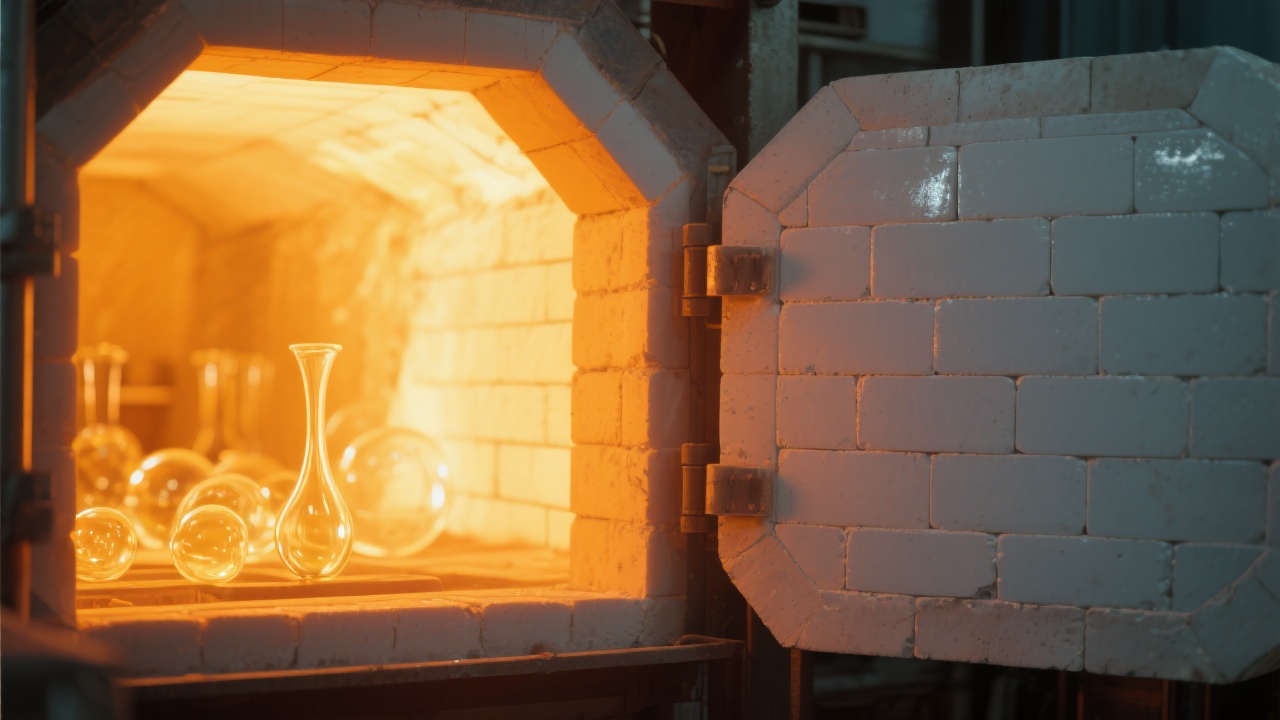
In high-temperature manufacturing environments—from ceramics to metal processing—kiln components face extreme thermal stress. Traditional materials like cordierite or alumina often fail under prolonged exposure above 1,000°C, leading to frequent replacements and costly downtime. Enter low-density porous 堇青石 (cordierite) materials: a proven solution that’s not just replacing old tech—it’s redefining what’s possible in kiln efficiency and reliability.
Unlike dense ceramics, low-density porous cordierite offers a unique combination of properties:
| Property | Traditional Material | Low-Density Porous Cordierite |
|---|---|---|
| Thermal Conductivity (W/m·K) | 1.2–1.5 | 0.7–1.0 |
| Creep Resistance @ 1,200°C | ~2% deformation after 50 hrs | < 0.5% deformation after 50 hrs |
| Thermal Shock Resistance | Fails at ΔT > 300°C | Withstands ΔT up to 600°C |
These differences aren’t theoretical—they translate directly into real-world savings. A European ceramic tile manufacturer reported a 32% increase in kiln component lifespan after switching to porous cordierite for support rails and burner tubes.
“We were losing two sets of supports per month. Now, with the new material, we go over six months without replacement. That’s not just cost-saving—it’s peace of mind.” — Dr. Lena Müller, Process Engineer, Tübingen Ceramics GmbH
The versatility of this material makes it ideal for multiple kiln subsystems:
One U.S.-based aerospace component producer saw a 25% drop in maintenance labor costs within one year post-implementation, thanks to fewer failures and faster setup times.

As industries move toward smart kilns and Industry 4.0 integration, these materials are uniquely positioned to support IoT-enabled monitoring systems—because they don’t degrade under thermal cycling, sensors stay accurate longer.
For manufacturers looking to reduce waste, improve uptime, and future-proof their production lines, upgrading to low-density porous cordierite isn’t just an option—it’s a strategic advantage.
Download Our Free Case Study: How One Factory Cut Maintenance Costs by 25%

